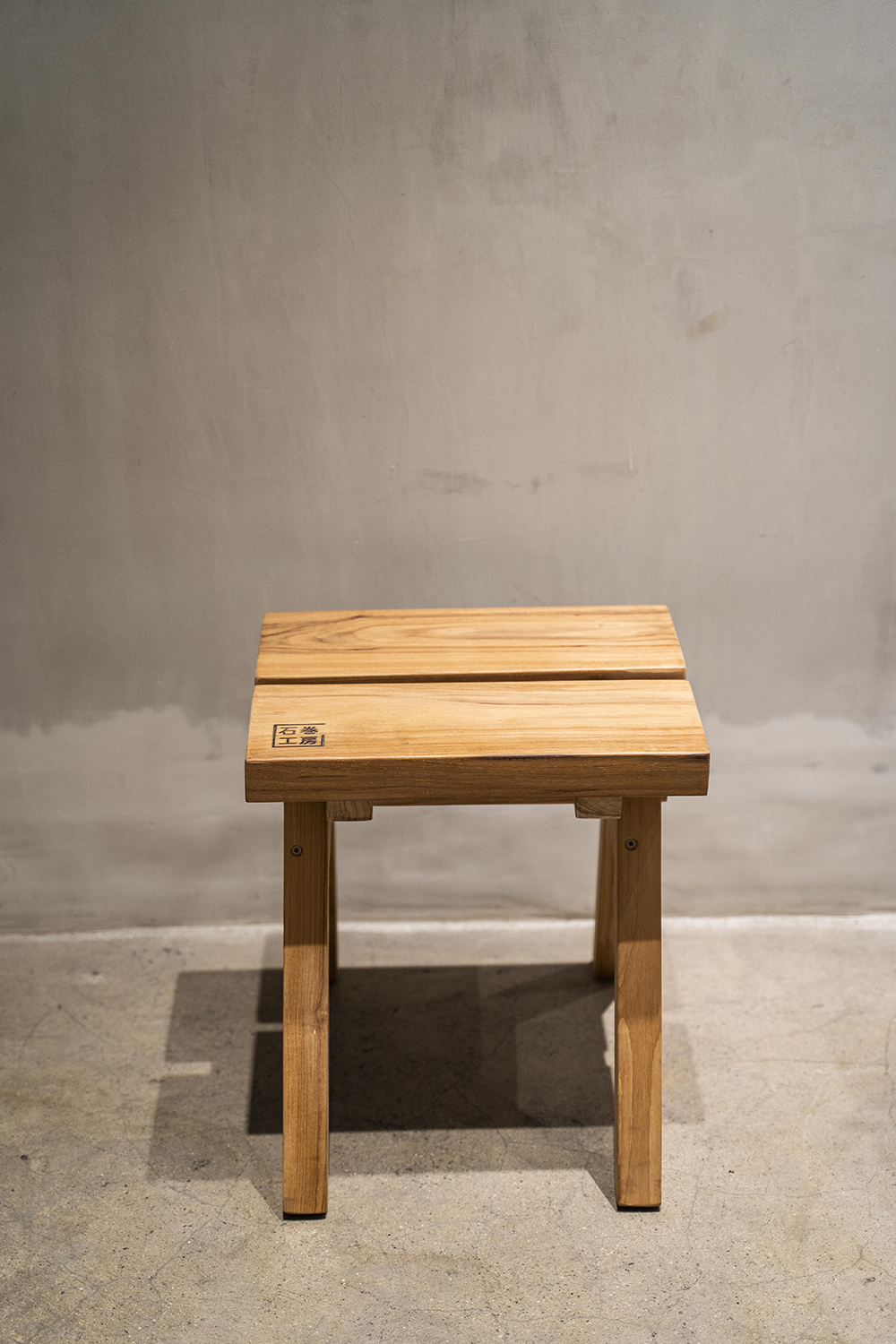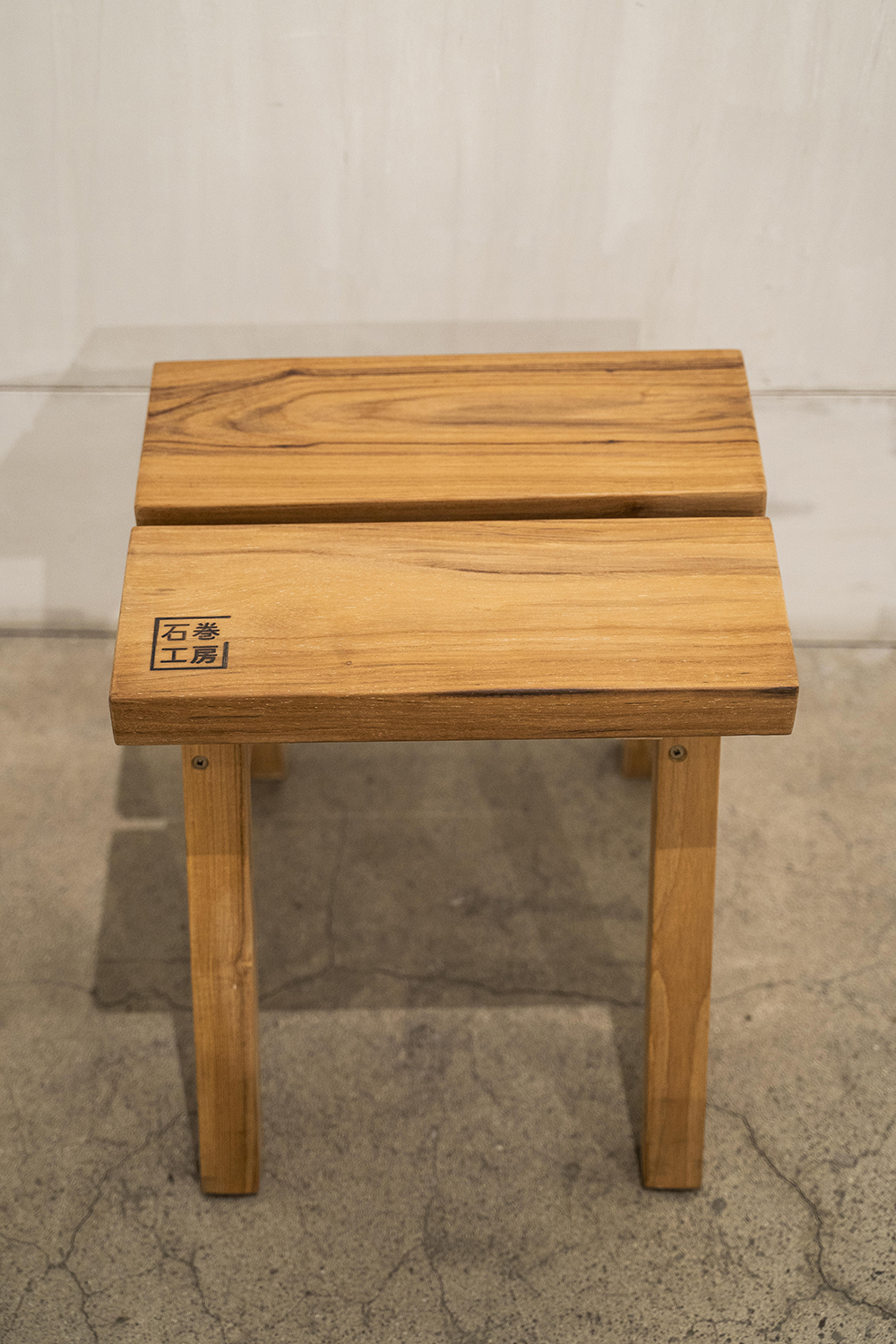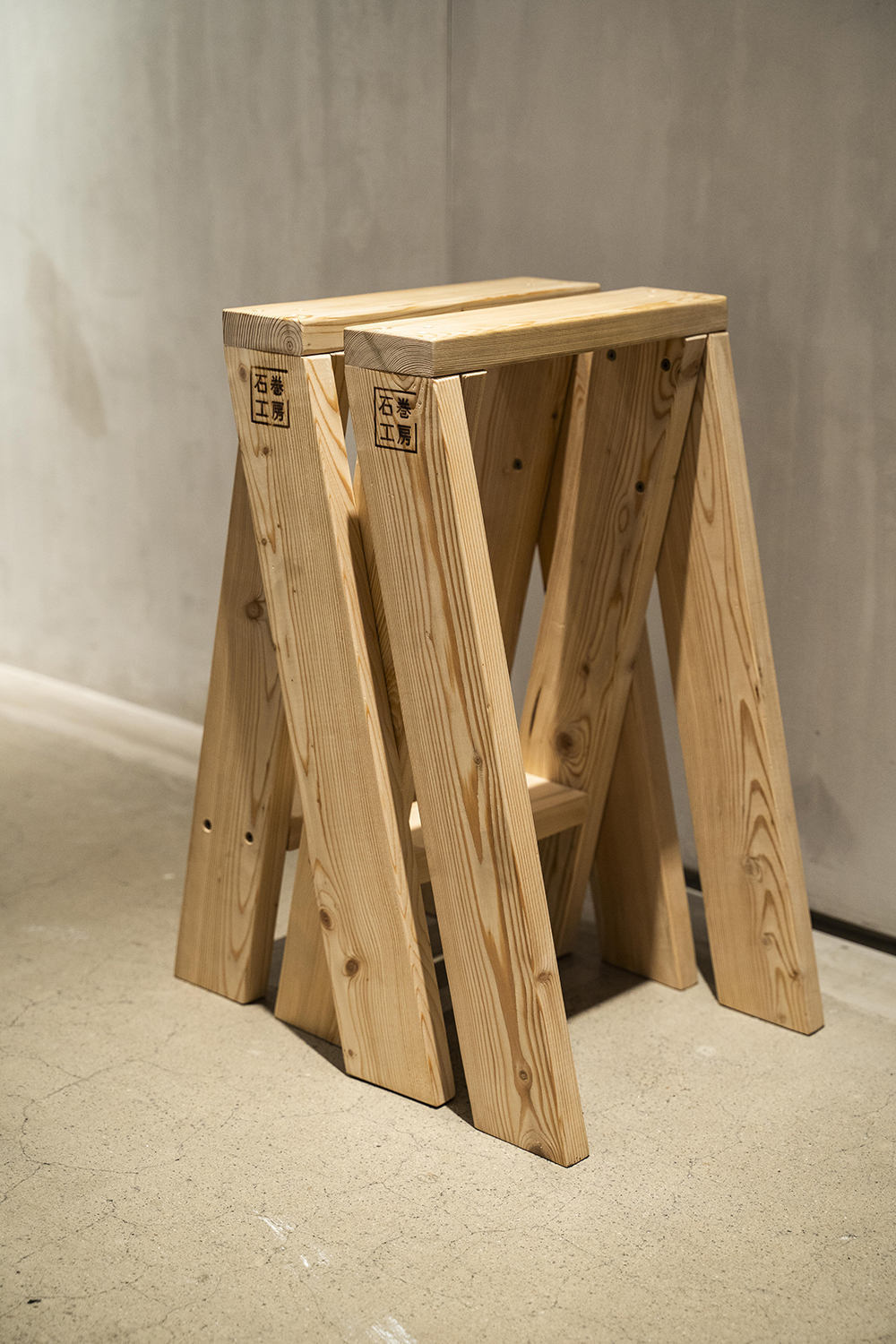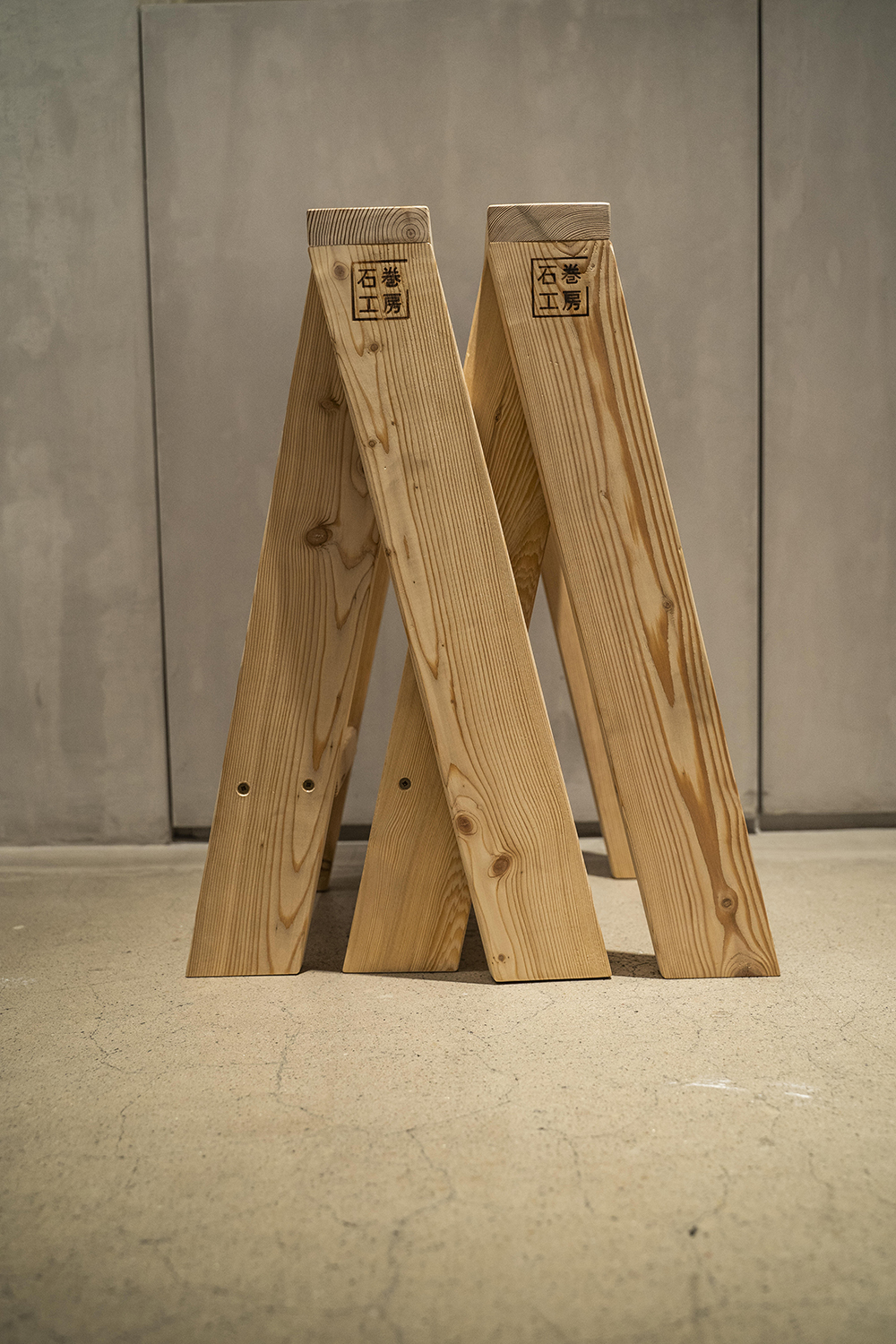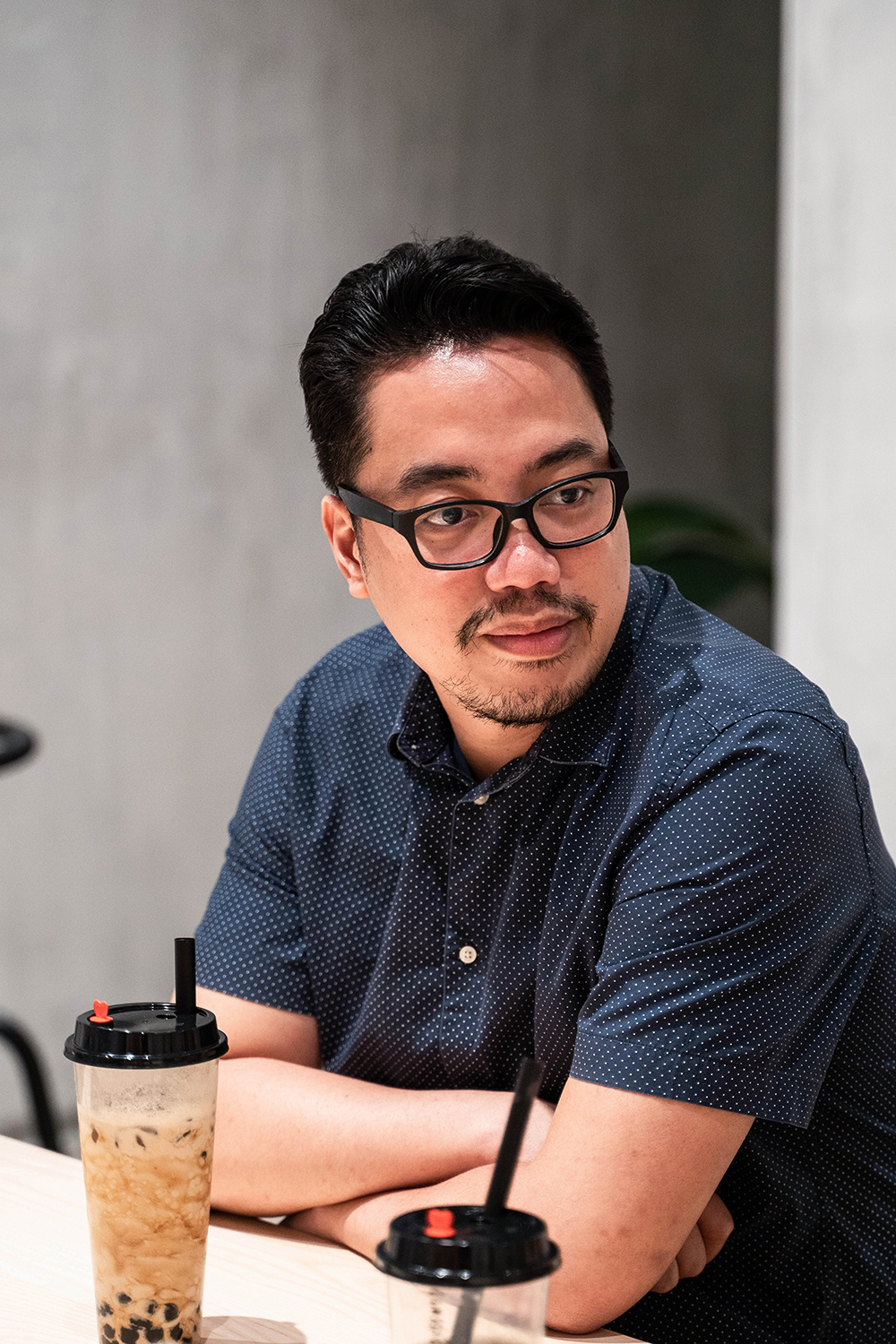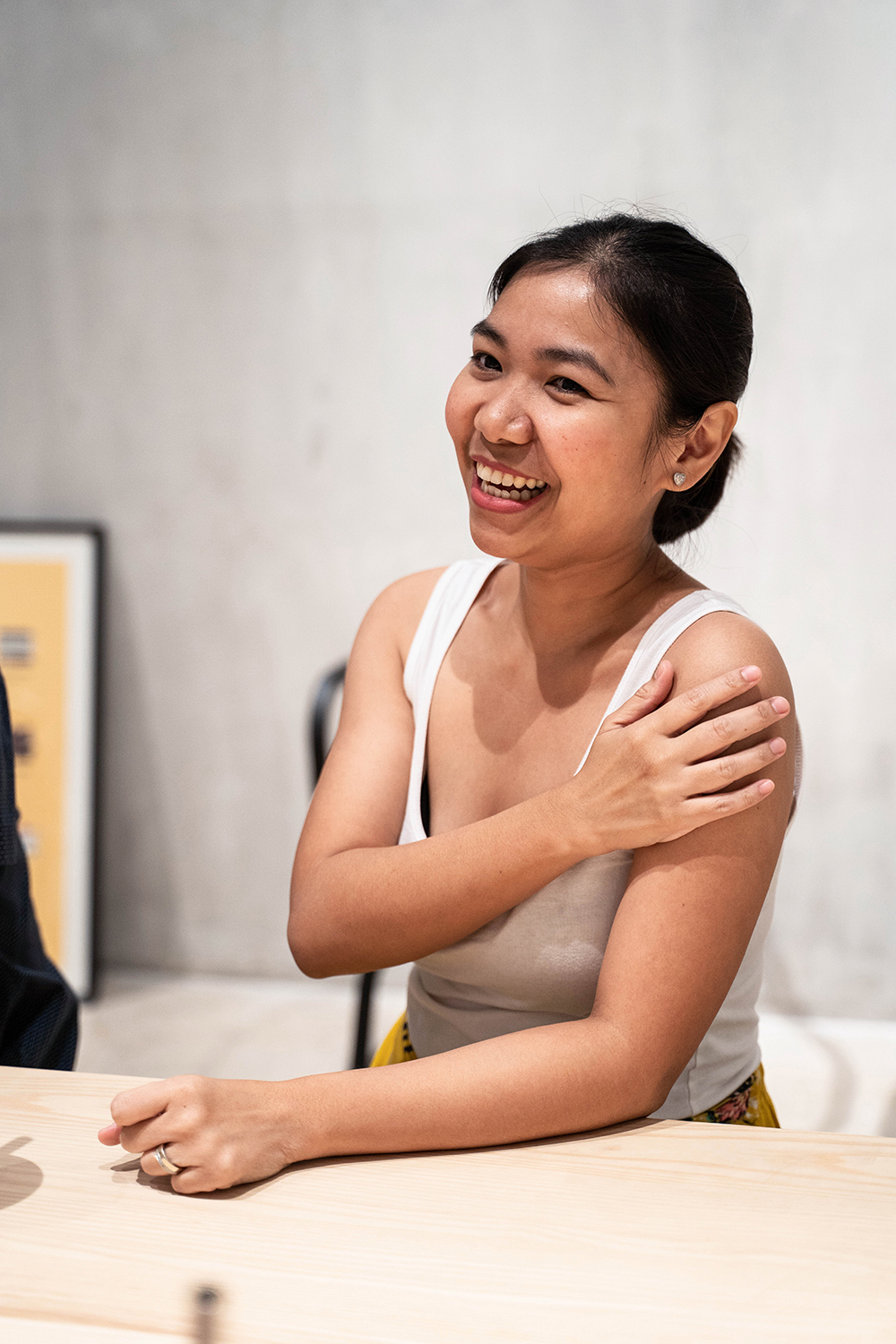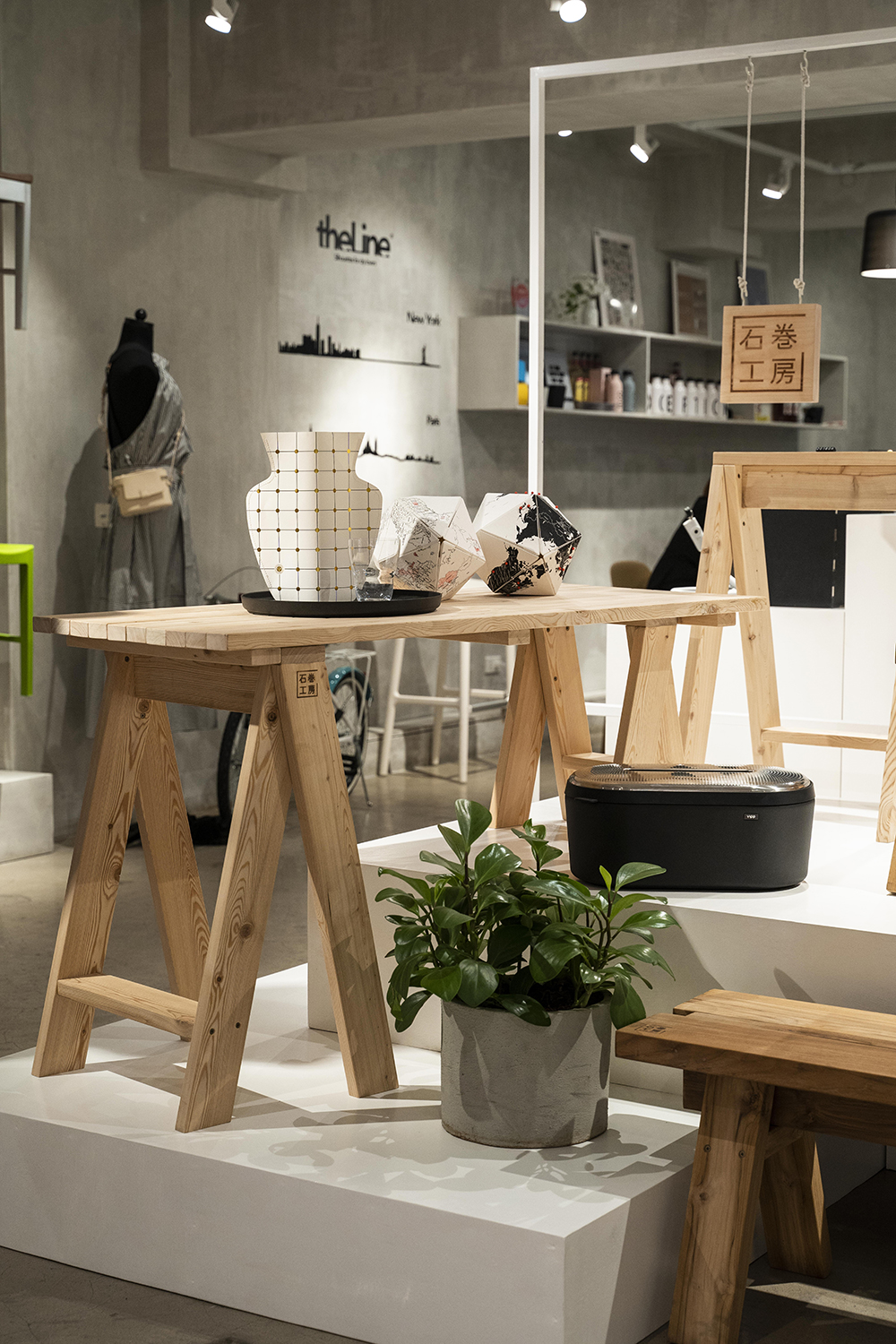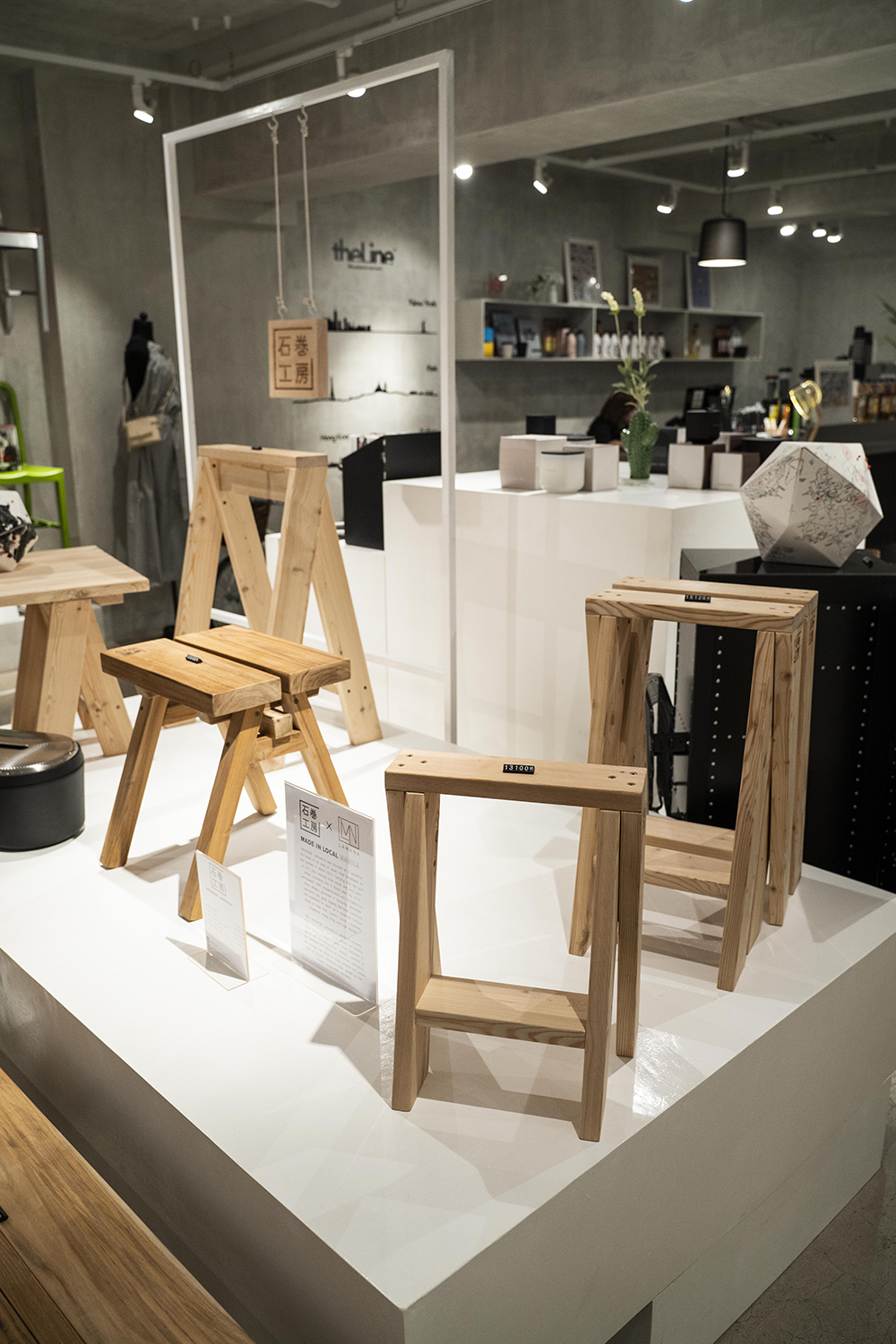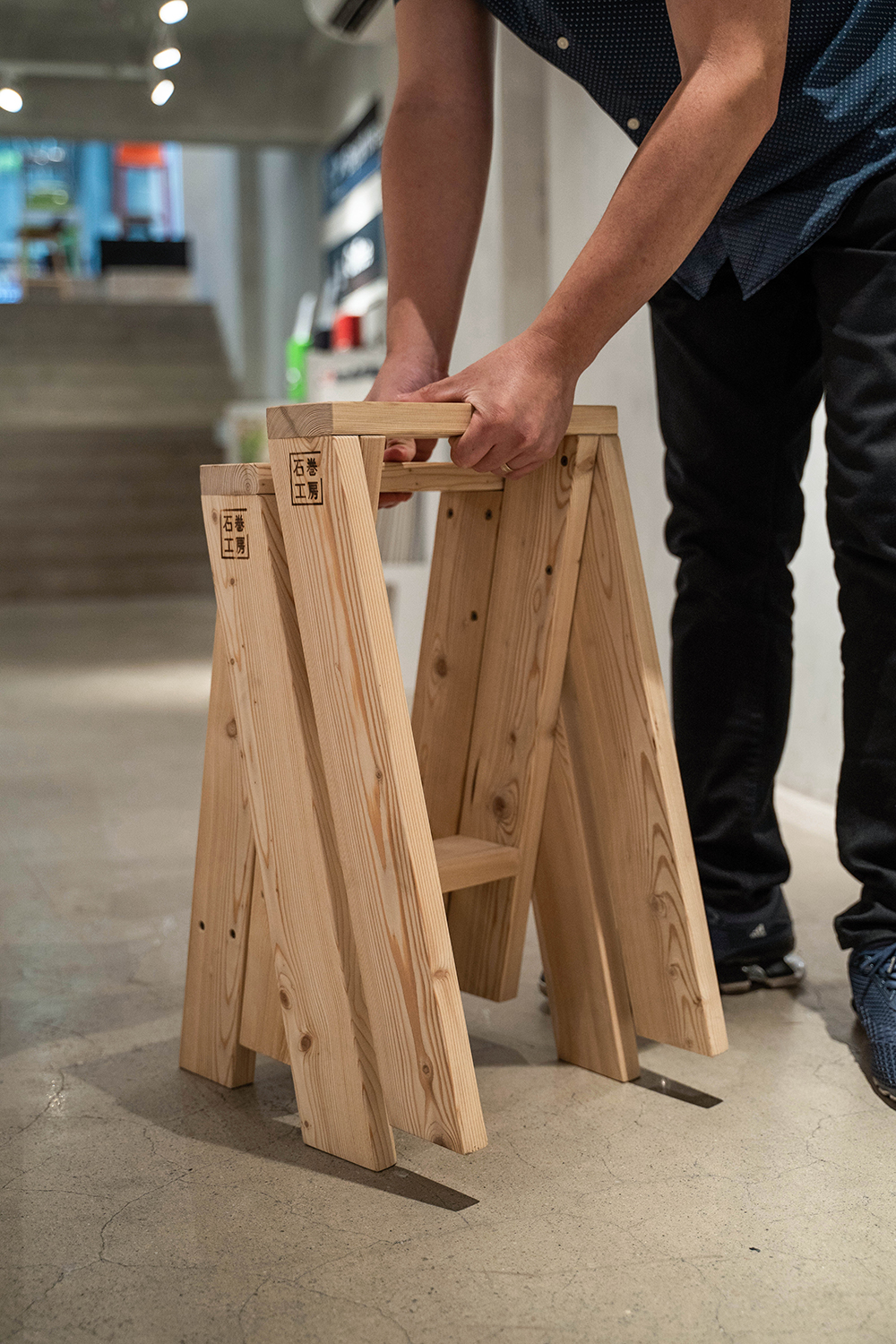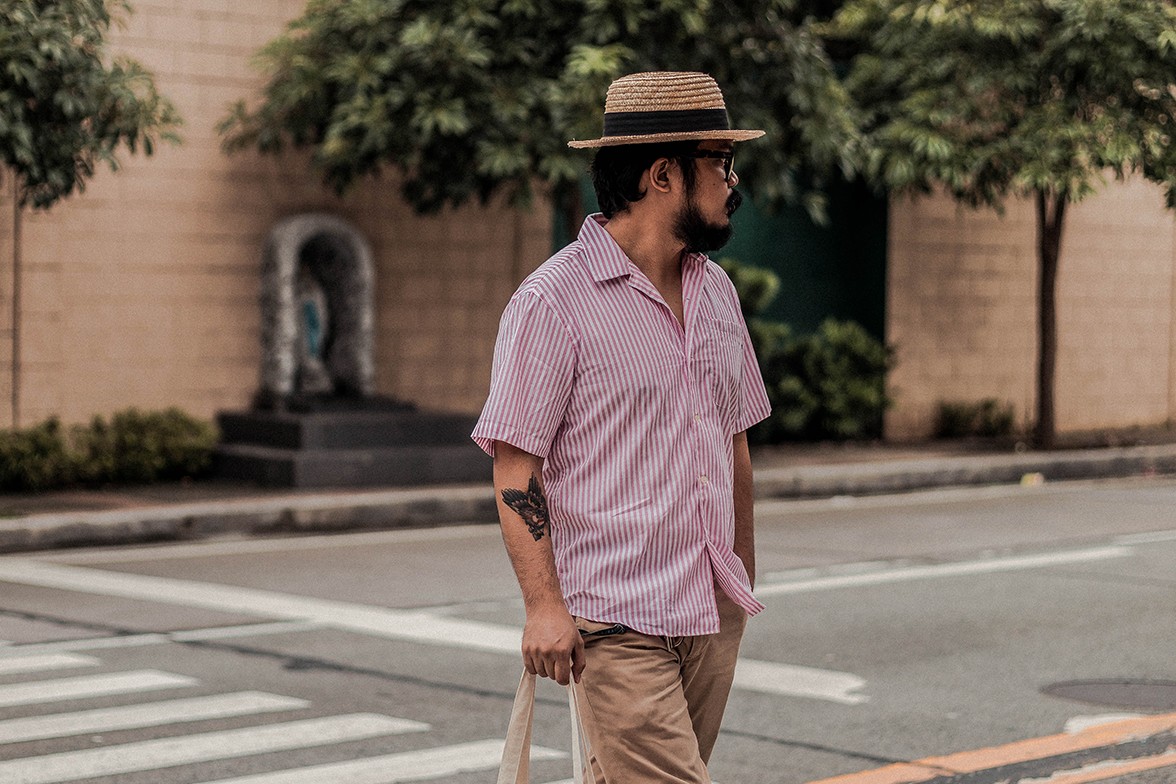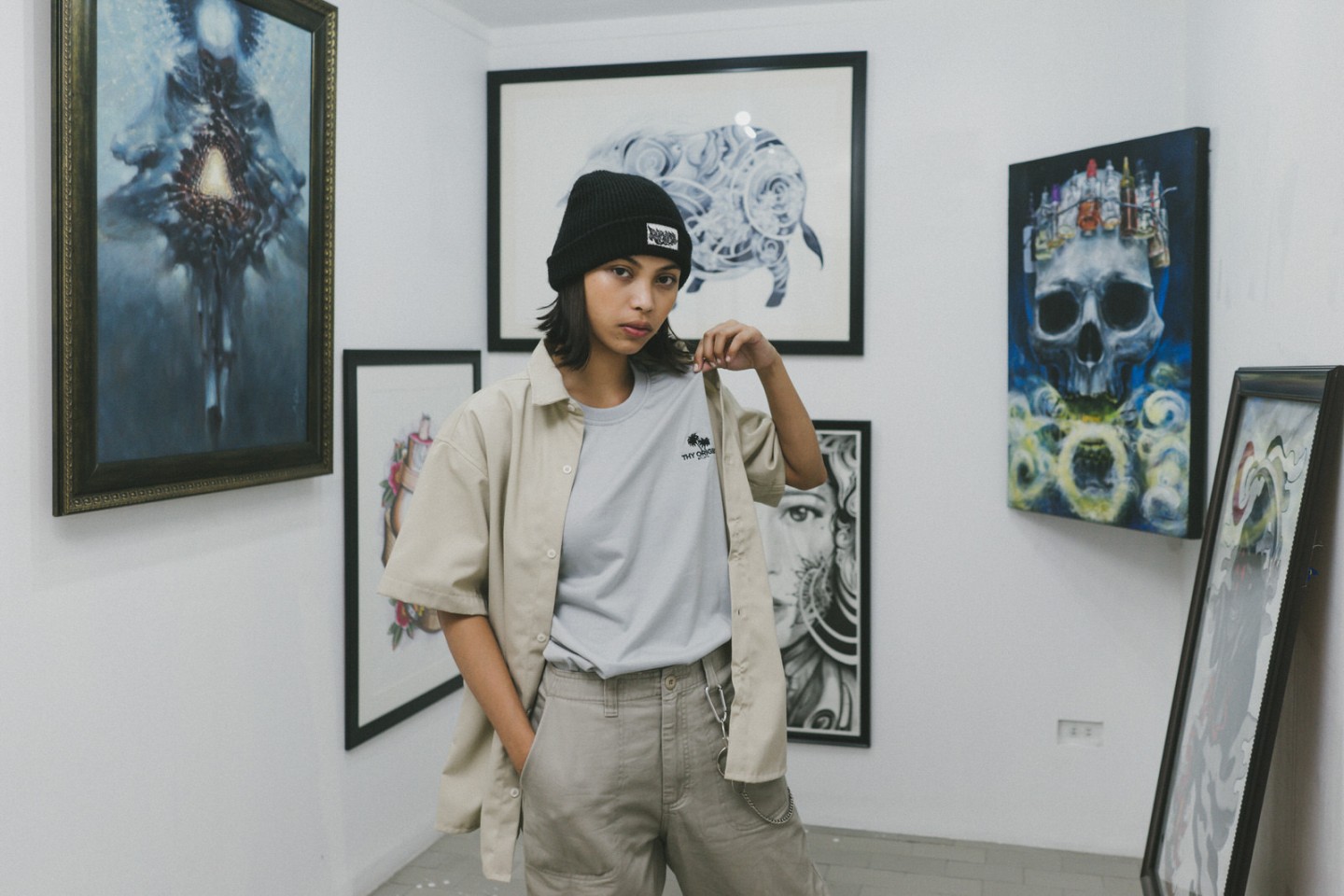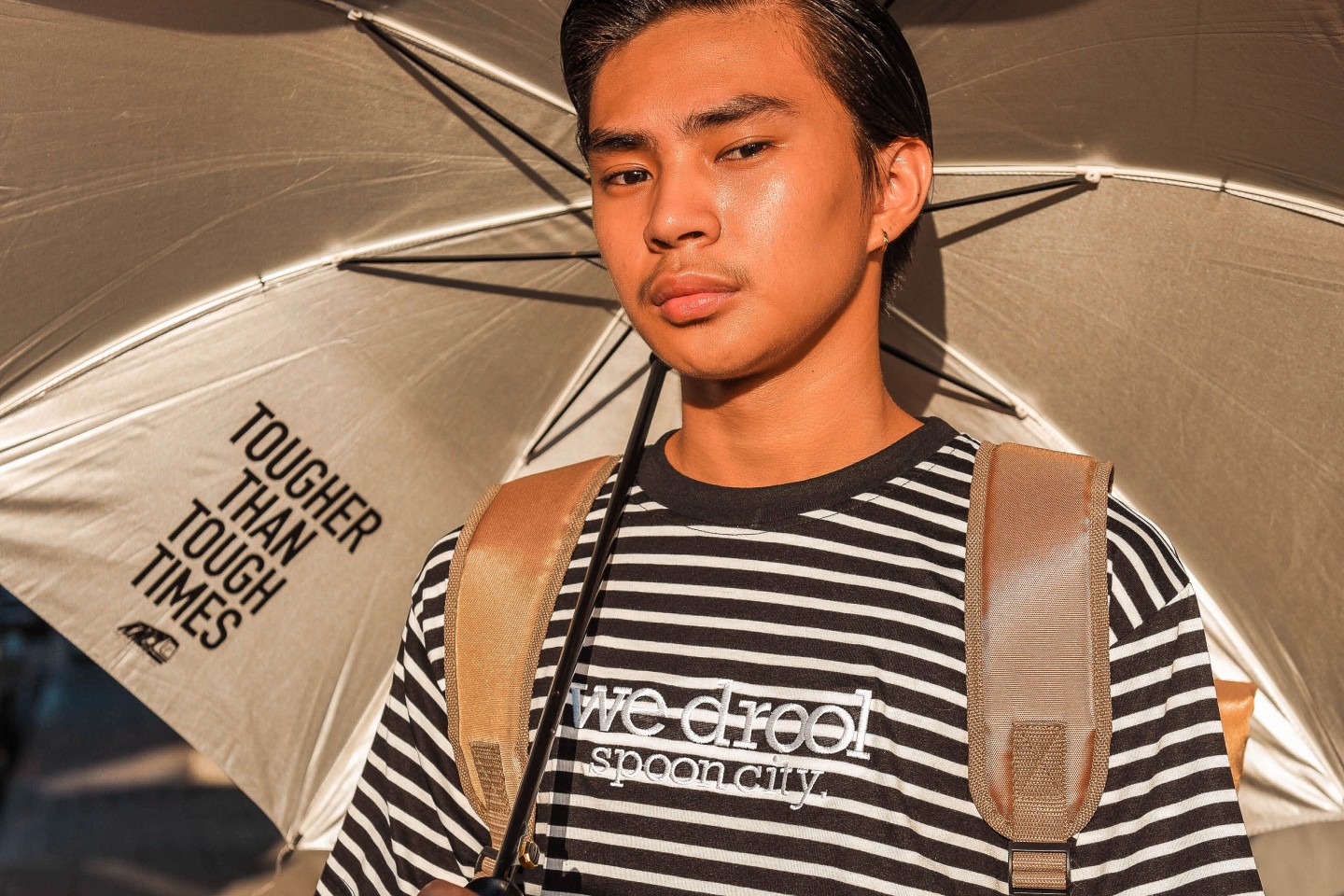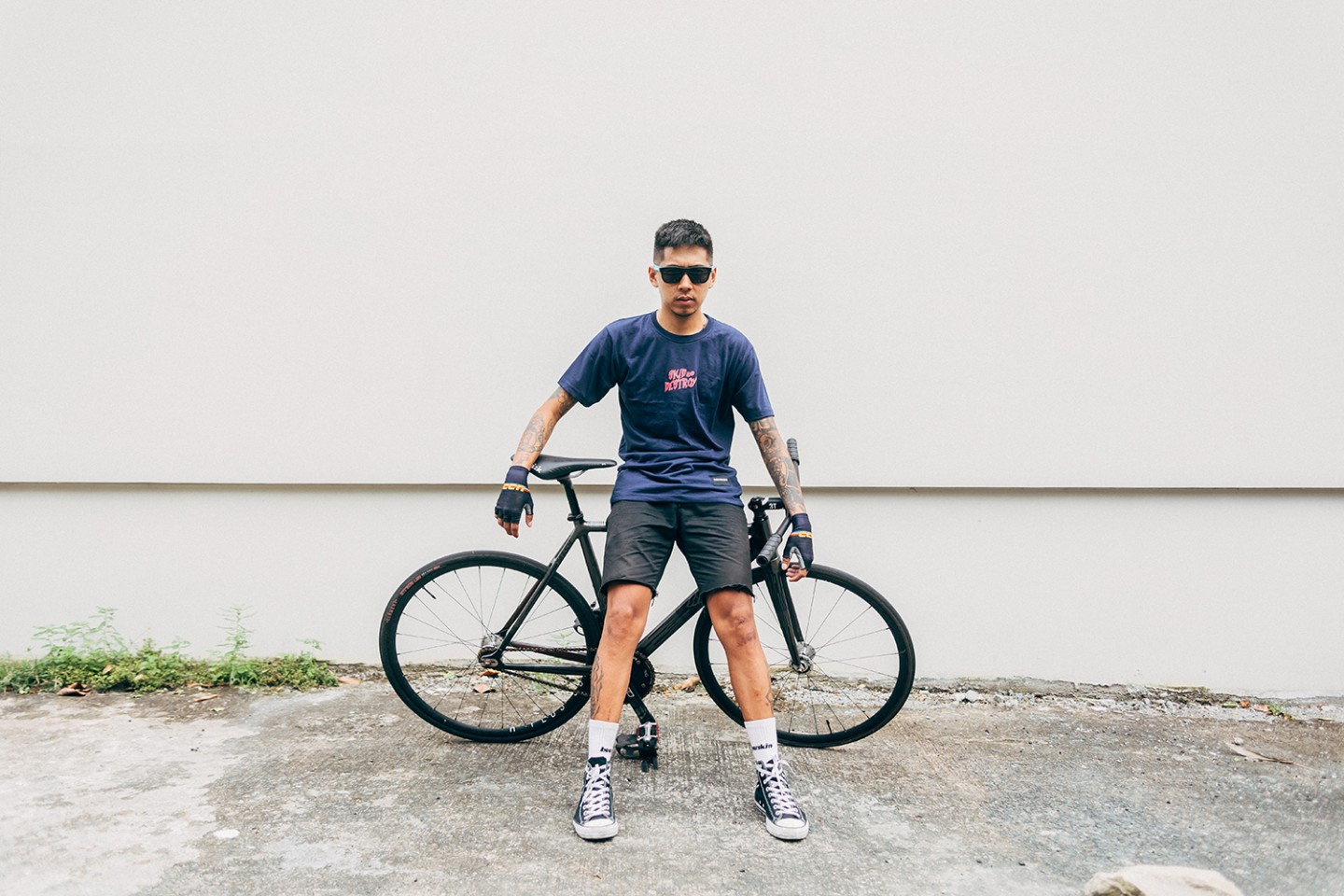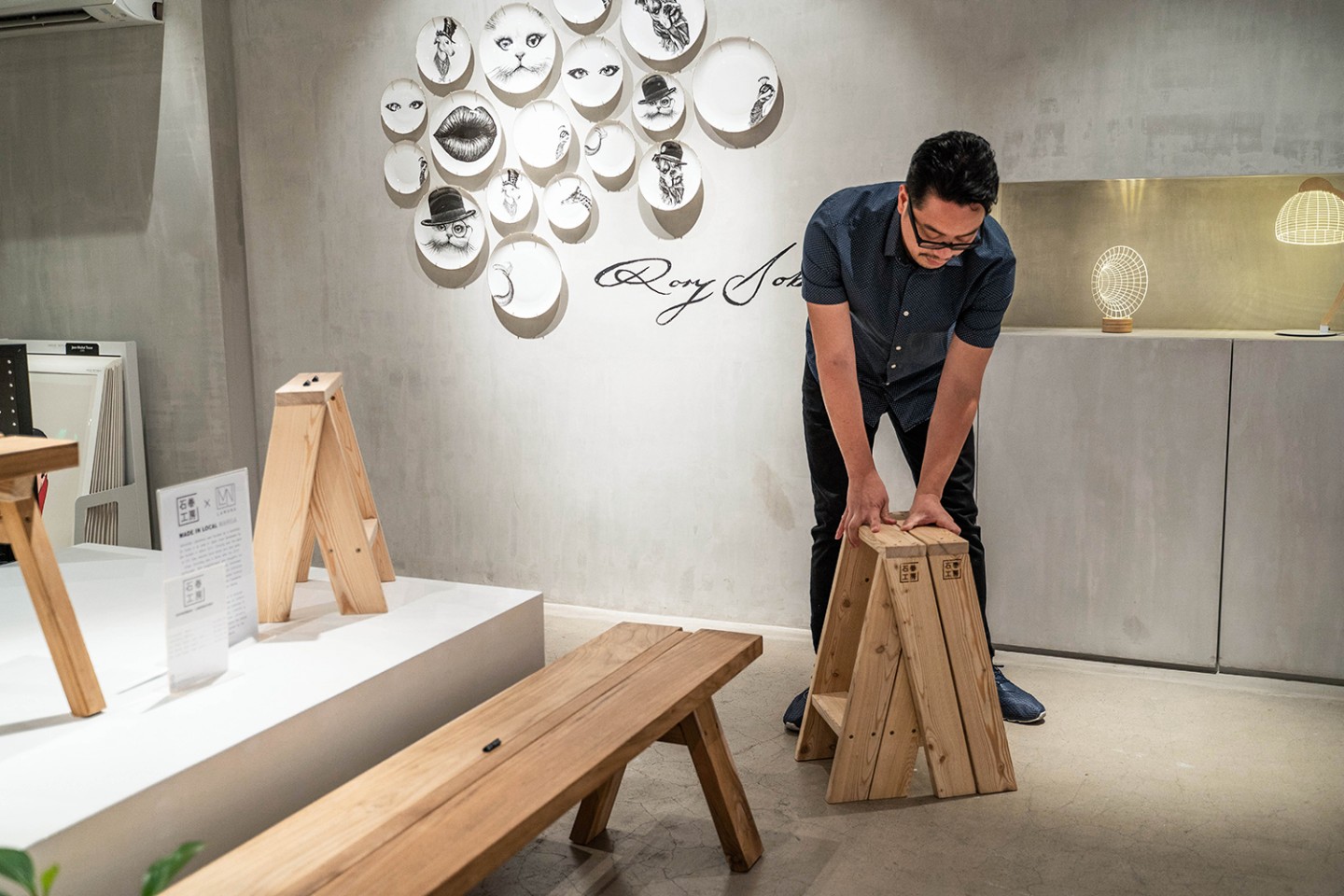
There is, perhaps, nothing that toes the line between visible and invisible as much as furniture-making. For the most part, the aesthetics of furniture exist in the periphery; its functional value is the only thing that matters to the average person. Despite this, the impact of a well-designed furniture piece is unquestionable — in the right hands, its form and function coincide to create something enduring, becoming a piece to last throughout generations.
It’s this sentiment that seems to encapsulate LAMANA’s current collection — a collaboration with Ishinomaki Laboratory, known for their bare yet rustic creations. Launched last April at Xception, each piece appears deceptively simple, like roughly polished pieces straight from the woodshop. But behind the minimalist facade, each piece brims with a story that spans from conception to creation, imbuing them with a charm that shines through their clear-cut designs. The Ishinomaki stool, for instance — a collaboration between the Laboratory and Herman Miller — was created to serve as a place to put on and take off one’s shoes, while functioning as a step stool for reaching high places. And the iconic AA stools — named after the shape they take and designed by Torafu Architects — can be used individually or stacked laterally as needed. One may also opt to create a flat surface to place on top of them to create a makeshift table.
Photography — Zaldine Alvaro
No doubt it’s a strong start for the fledgling furniture brand, but while the Ishinomaki Laboratory collaboration (or, more precisely, the desire to participate in Ishinomaki Laboratory’s Made in Local initiative) was what prompted the birth of LAMANA, the partnership extends beyond a mere business proposition. One of LAMANA’s goals, after all, is to “spread the spirit of DIY” — a cause forwarded by Ishinomaki Laboratory themselves.
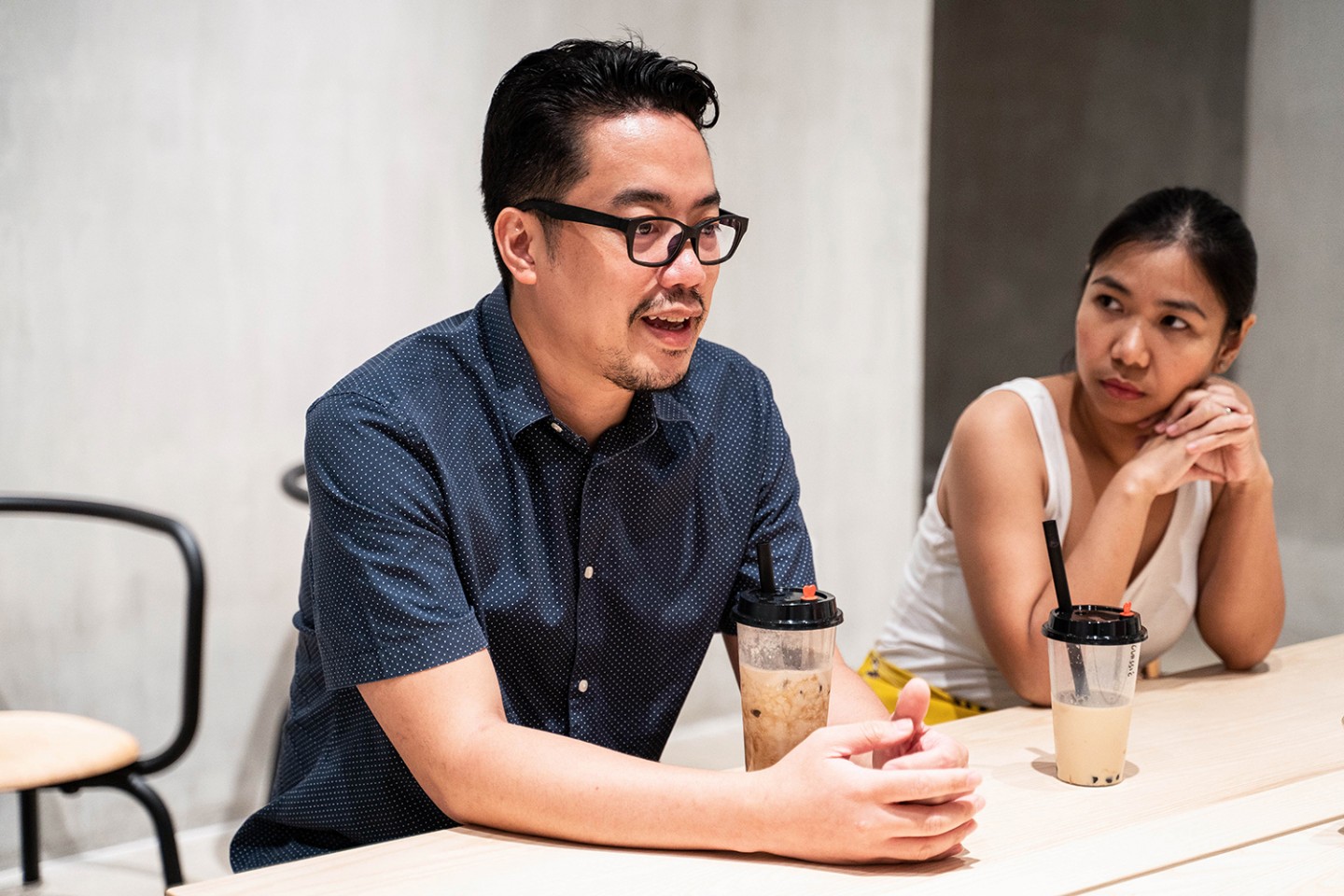
“I guess before we talk about that end, I think it’s important to note how Ishinomaki Lab started,” says Jar Concengco, when asked about the importance this DIY movement has in the Philippines. He and wife Kay Concengco founded LAMANA after an encounter with an Ishinomaki Laboratory workshop in the Philippines. They explained how Ishinomaki was one of the most devastated cities during the 2011 Tohoku Earthquake, prompting the community to take action. Renowned architect Keiji Ashizawa went to help rebuild the area, where he received various inquiries from the residents, such as how to rebuild their stores or how to create a bench for communal use. Instead of going over each need one-by-one, they decided to set up a workshop addressing all the concerns — materials and tools included — so everybody could learn at the same time. And because of the scarcity of material available to them, each piece needed to be multifunctional and built to last, two principles that bled into each Ishinomaki Laboratory creation thereafter.
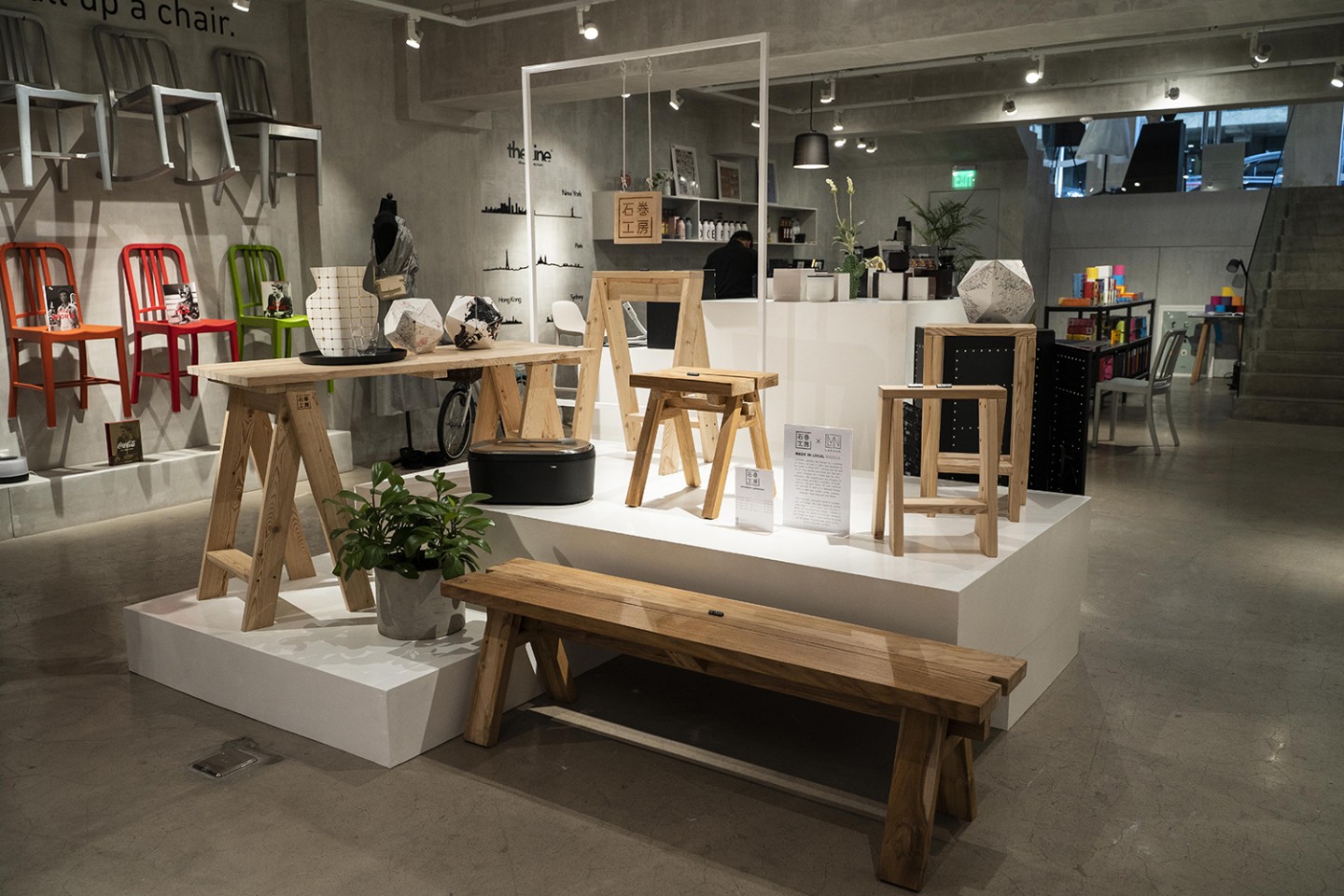
Eventually, after the community was rebuilt, Ashizawa and his partners in the Ishinomaki project began receiving a demand for pre-built furniture, prompting the creation of the Ishinomaki Laboratory brand. But despite the acclaim the brand continues to gather, it’s never forgotten its roots. To this day, Ishinomaki Laboratory continues to hold workshops around the world and inspire local designers with initiatives like Made in Local, where they partner up with other international brands and designers to have their designs manufactured using the materials and talents of each area.
If anything, LAMANA is a testament to this. Inspired by the pieces presented during an Ishinomaki Laboratory workshop by the SoFA Design Institute in First United Bldg., Escolta (Jar had been assigned to cover the event), Kay initially conceptualized the business as a way to import and resell the products. However, with the Made in Local initiative, its direction shifted towards full-on manufacturing — allowing a level of engagement that speaks true to the “spirit of DIY” exemplified by that first workshop in Ishinomaki City. From assembling a team of local craftsmen to getting training straight from Ishinomaki Lab’s workshop leader, Takahiro Chiba, each step of the way takes a hands-on approach that mirrors the sense of fulfillment that comes with creation.
So where does LAMANA go from here? For one, it looks to continue the Ishinomaki Laboratory legacy, both with the products they produce and the desire to give back to the community. “In making furniture, we felt that furniture pieces should last for a long time, if not forever,” said Kay, a sentiment the current collection makes a case for with their strong material choices and painstaking craftsmanship. And with a growing demand for minimalist pieces and Japan-inspired creations in the Philippines (both for personal and corporate consumption), they’re sure to find a way into this generation’s homes and hearts, like their own unique take on the vocabulary of heritage pieces.
But, more importantly, LAMANA continues the uplifting narrative that began in Ishinomaki City — whether it’s through providing more woodworking jobs to their immediate communities or holding workshops of their own. Down the line, LAMANA also hopes to introduce the first Filipino designer among Ishinomaki Laboratory’s roster of international designers. Regardless of what the future may hold for LAMANA, it nonetheless serves as a reminder of the catharsis that comes with creating things on your own—and the growth that comes after.
For inquiries and purchases, head to LAMANA’s official website (https://www.lamanaph.com), Instagram (@lamanaph), or Facebook page (fb.com/lamanaph).

